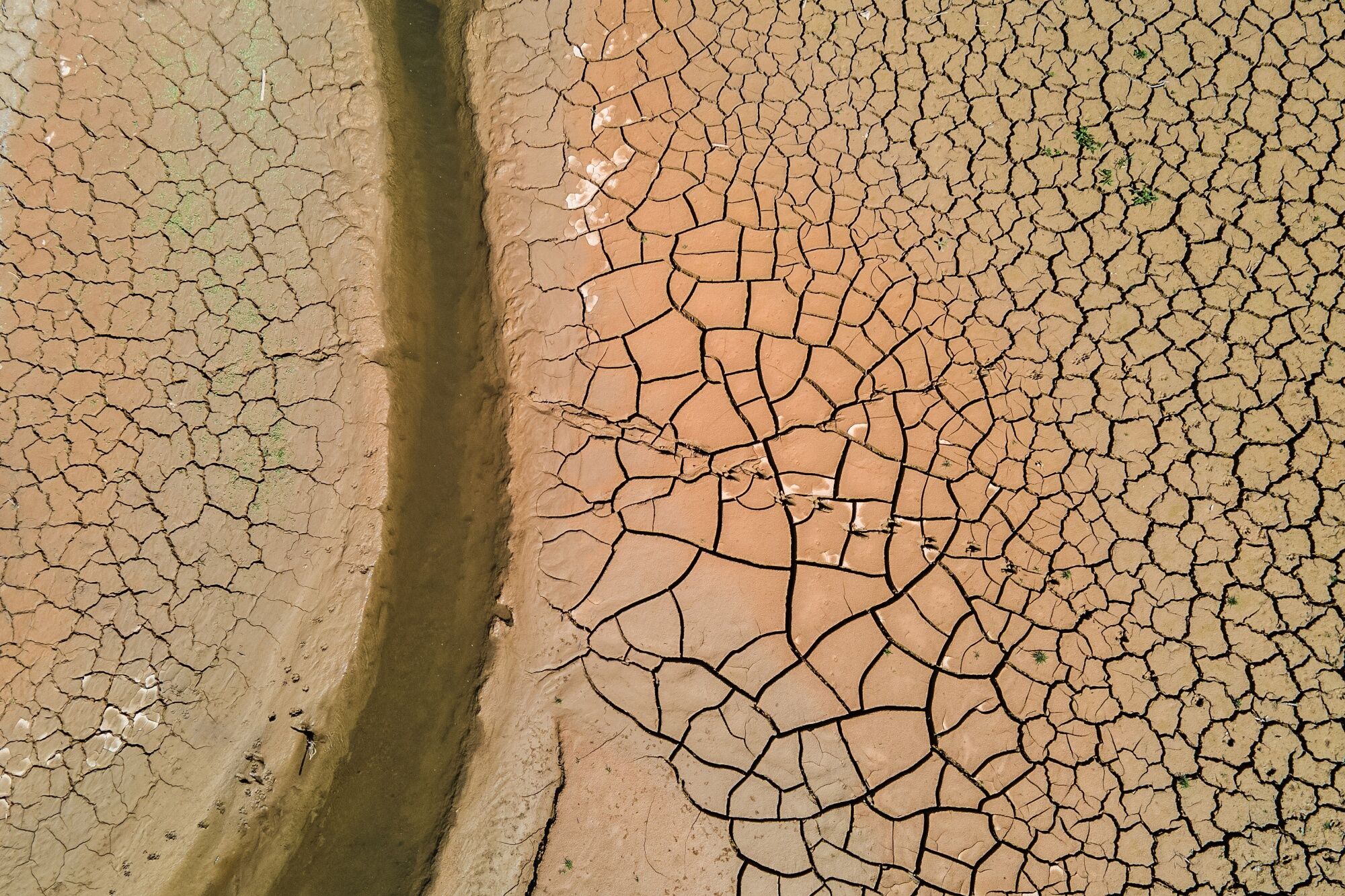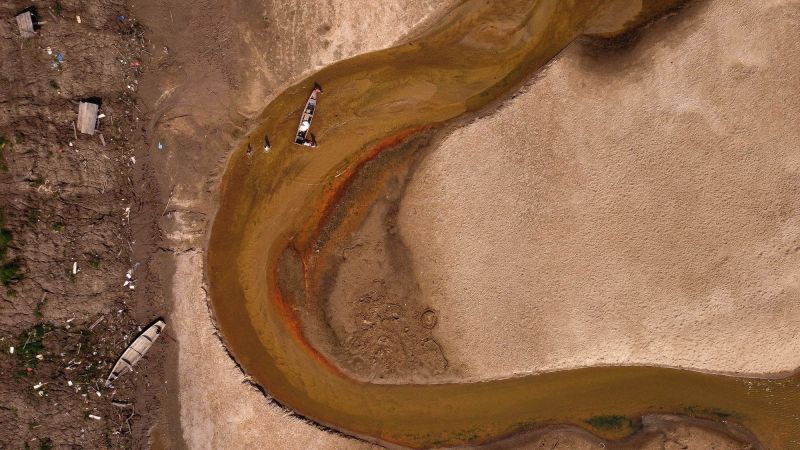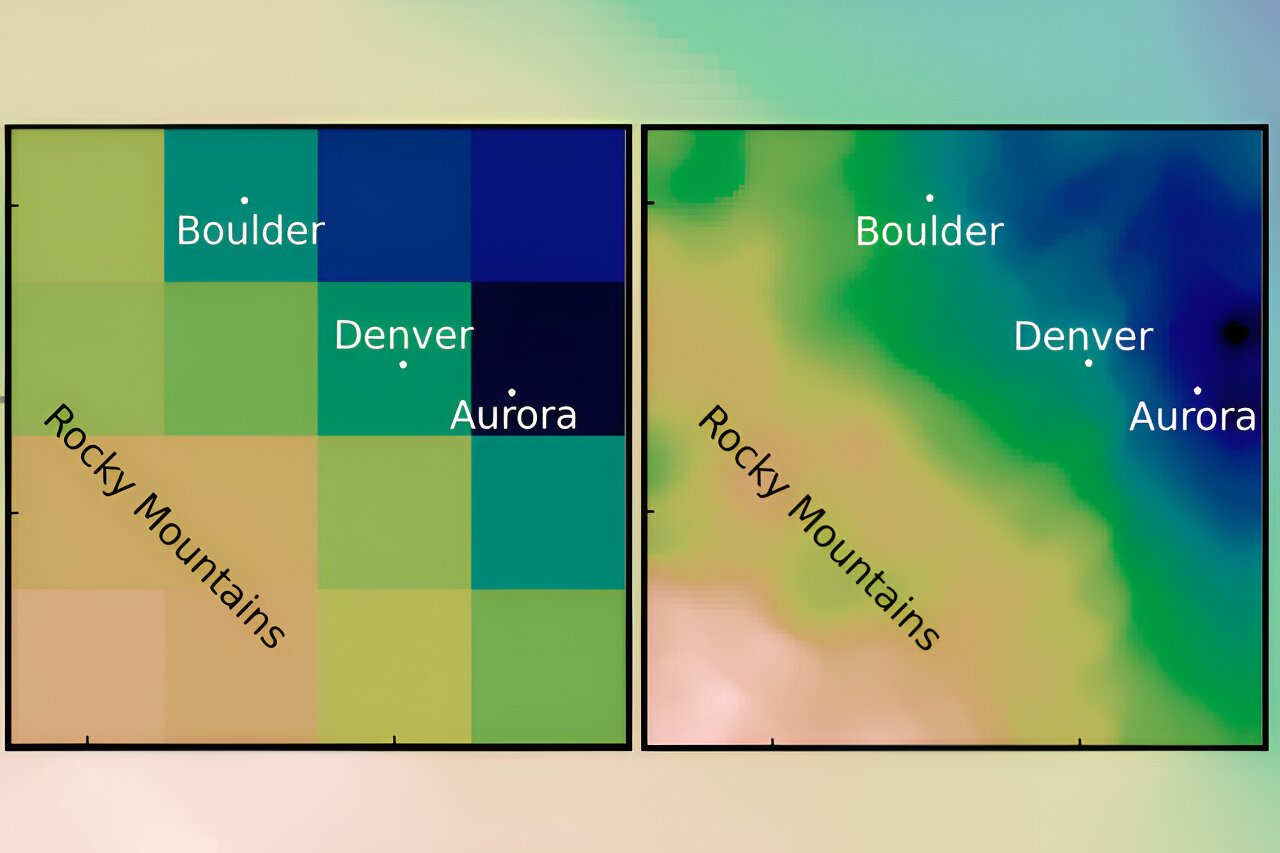Data ReFined #34: State of the VCM, EU's Nature Restoration Law, NOAA's New Weather Satellite

The Newsletter about Climate Data, Regenerative Finance, and Climate Risk ⛅
This edition of our biweekly newsletter highlights the importance of satellite and space technology, such as NOAA's new weather satellite with 30-second updates.
We also cover the latest developments in carbon finance, including the European Union's Nature Restoration Law, Calyx Global's report on voluntary carbon market credit quality, Verra's partnership with the Malaysia Forest Fund, and Kita's new carbon insurance product.
Let's dive in! 👇
Subscribe here for more updates!
Industry News

The State of Quality in the Voluntary Carbon Market
Calyx Global, a carbon credit rating agency, has published a new report assessing the quality of credits in the voluntary carbon market. While there has been an increase in higher-rated credits across various sectors, forest-based credits rated B or higher are still uncommon.

European Union's Nature Restoration Law
The EU has enacted the Nature Restoration Law, targeting the restoration of 20% of degraded land and sea areas by 2030, and all ecosystems by 2050. This legislation also fosters the development of voluntary credit markets, including biodiversity and carbon credits, creating new opportunities for environmental and economic alignment.

The World Resources Institute published this article, providing extra context to the importance of the Nature Restoration Law.

Malaysia’s Forestry Carbon Initiatives
Verra and the Malaysia Forest Fund have signed a memorandum of understanding to certify Malaysia's forestry-based carbon initiatives under Verra's Verified Carbon Standard (VCS). This partnership aims to enhance Malaysia's access to the voluntary carbon market, supporting the scaling and financing of the country's forest preservation efforts.


Buffer Insurance in the Voluntary Carbon Market
Kita has introduced the world's first "Buffer Depletion Protection Cover" policy, aimed at safeguarding carbon credit buffers in the voluntary carbon market. The novel insurance solution aims to build trust, enhance liquidity, and support the scalability of carbon projects by offering a clear and regulated mechanism for managing reversal risks and other non-permanence events in carbon credit markets.

Climate Risk and Financial Resilience
Bloomberg's Global Head of Enterprise Risk Product offers insights into best practices for integrating climate risks into financial risk management and regulatory reporting, as well as how to prepare for the upcoming disclosure requirements on climate-related risks.

From El Niño to La Niña
The cyclical El Niño phase of Earth's climate pattern has ended, transitioning into a neutral phase before La Niña takes over later this summer. This shift predicts a hotter-than-average summer across the U.S., with increased drought risk in the West. The absence of El Niño could lead to a hyperactive Atlantic hurricane season, as La Niña's conditions favor storm formation.


NOAA's New Climate Satellite
A new geostationary satellite developed by NOAA and NASA, the GOES-U, is set to launch next week. With an update interval of 30 seconds, this satellite provides valuable near-real-time weather observation and environmental data.
Discover the history and future of climate satellites in this 8-minute documentary from NOAA:
Machine Learning Improves Downscaling of Climate Models
MIT researchers developed a machine learning method to improve fine-resolution climate model simulations. The method combines adversarial learning with simplified physics and historical data, reducing costs and speeding up modeling. This leads to more accurate extreme weather predictions for local policymakers.

Thank You For Reading Our Newsletter! 💙
We truly appreciate your interest and support! If you enjoyed this content, please consider forwarding this newsletter to your network to increase awareness of these critical climate topics.
Join the Community!
Get involved in our growing community via the links below! We welcome your comments, feedback, and likes. 👇
Twitter | LinkedIn | Discord | Telegram | YouTube
Learn more about the decentralized and open climate data ecosystem we are building via the links below!
🌐 Visit our website
👉 Check out our products
💽 Explore 40+ TB of free climate data via our data marketplace and API






